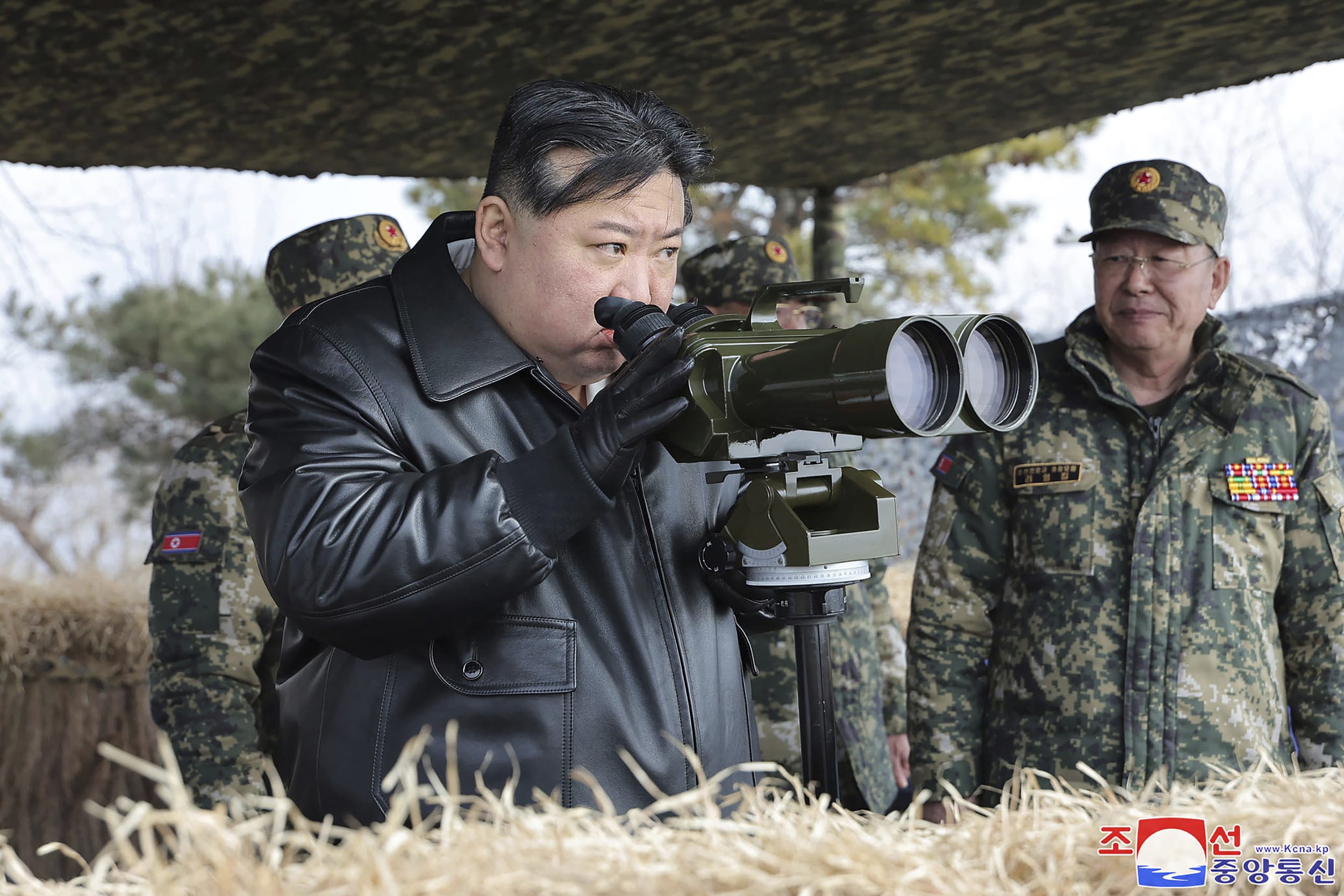In a critical development amidst the ongoing tension between Israel and Hamas, Israeli forces have commenced their withdrawal from the Netzarim corridor in the Gaza Strip. This move is a cornerstone of the current ceasefire deal, which aims to bring temporary relief to the prolonged conflict that has devastated the region over the last 15 months.
The Netzarim corridor, a strategic zone that bisects northern and southern Gaza, has been central to military operations during the hostilities but has also remained a contested territory. Its reopening following the withdrawal is seen as a significant gesture aimed at fostering progress in negotiations. The ceasefire agreement, although fragile, includes several confidence-building measures that both sides are being urged to observe.
As stipulated in the ceasefire accords, Israeli troops began leaving the corridor in a phased manner, with Sunday marking the completion of one key step. The area, stretching approximately four miles (around six kilometers), had been heavily militarized. Its evacuation should enable humanitarian organizations to deliver aid more effectively while also enabling residents to travel between isolated parts of Gaza.
However, the withdrawal does not signify the end of all challenges. Both Israeli officials and representatives of Hamas have emphasized that the ongoing truce is tenuous and fraught with difficulties, notably the eventual scaling up of the agreement to include additional hostage releases and further military drawdowns. Talks for an extended ceasefire are expected to resume shortly as tension lingers over the on-ground implementation of terms.
The humanitarian crisis that has gripped Gaza over the past year underscores the significance of this move. For months, the economic blockade and recurring violence have caused acute shortages of food, water, and medical supplies. International relief organizations have welcomed the Israeli decision to withdraw forces, viewing it as a vital step toward longer-term stability and relief for civilian populations.
“This is an essential measure for creating a more open environment in which humanitarian efforts can reach those in need,” said a spokesperson for a leading global relief agency. Talks facilitated by mediators from Egypt and Qatar are likely to continue building on these steps to negotiate further agreements that extend and consolidate the truce.
For Israel, the withdrawal from the Netzarim corridor also comes against the backdrop of domestic political and public scrutiny regarding its management of the conflict. Images of malnourished hostages freed during initial stages of the ceasefire have spurred public outcry, prompting calls for the government to focus on securing the release of all captives still held by Hamas.
Prime Minister Benjamin Netanyahu and his cabinet have faced mounting demands to ensure that the fragile truce evolves into a broader agreement that supports the return of hostages. Among those freed, many spoke of harrowing conditions, including being chained and barefoot, which underscored the urgency of securing their release. In response, Israel has also agreed to release a select number of Palestinian detainees as part of the swap agreement—an issue that continues to stir controversy internally.
While the ceasefire holds relative to the broader conflict, smaller incidents of violence have been reported, reflecting the difficulty of maintaining complete calm in a region marked by decades of mistrust and animosity. International diplomatic observers have expressed cautious optimism about these developments while warning against complacency.
The United States, which has backed the ceasefire efforts, remains actively engaged in ensuring that the peace process takes on a sustainable structure. President Joe Biden has emphasized the role of intermediary nations to ensure accountability between the conflicting parties.
Moreover, questions persist about whether a long-lasting ceasefire can address underlying issues such as the blockade over Gaza, displacement of Palestinians, and the security concerns of Israel. Activists and observers have noted that resolving these issues requires addressing deeper grievances and engaging in dialogues that go beyond temporary arrangements.
For now, the withdrawal from Netzarim allows for tentative hope that steps are being taken towards reducing hostilities. Yet, the path forward remains uncertain. The international community’s focus continues to be on ensuring that the progress seen in the ceasefire doesn’t unravel due to political or on-ground volatility.
Observers agree that small victories like the evacuation of the corridor must act as a prelude to much larger, structural resolutions if lasting peace is to be secured in a region that has seen far too much conflict.



